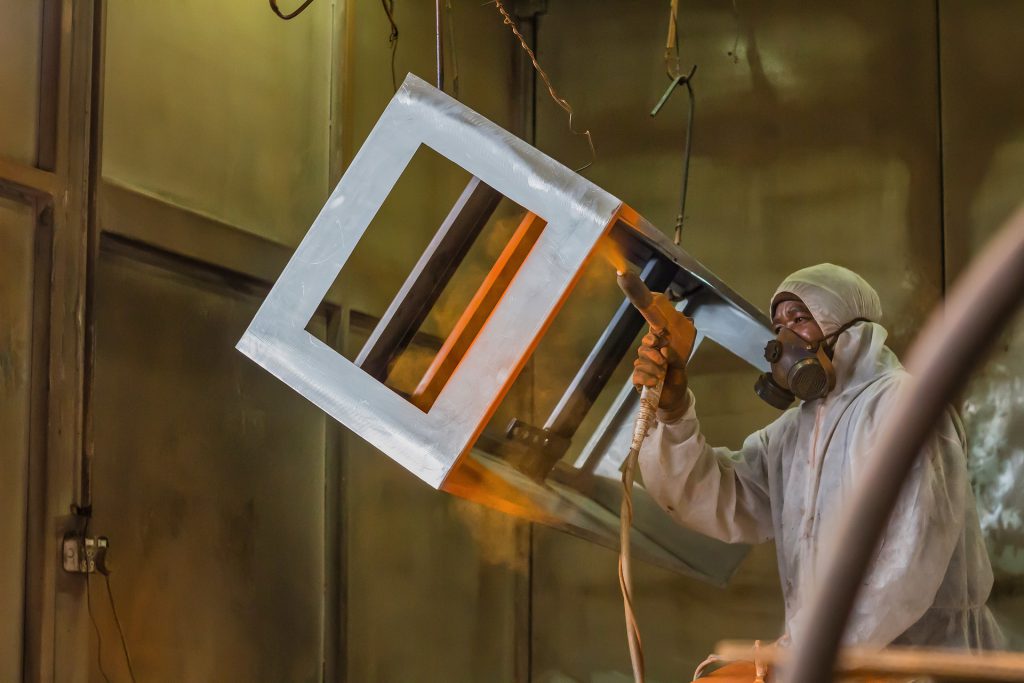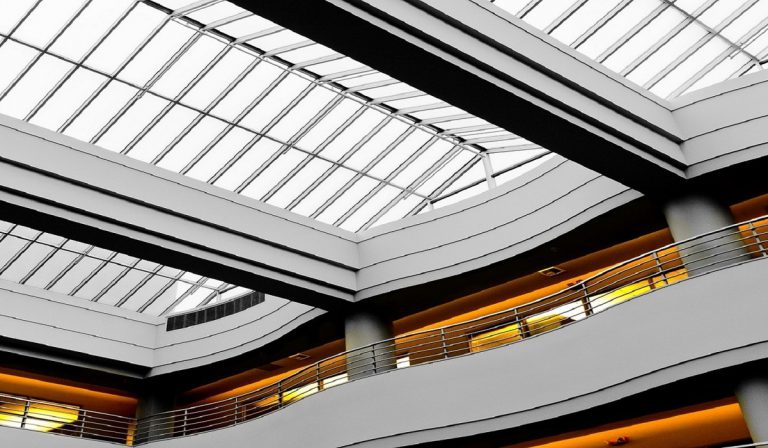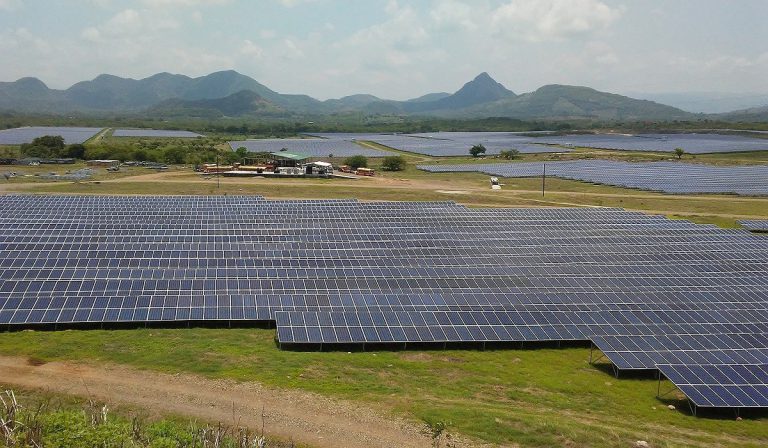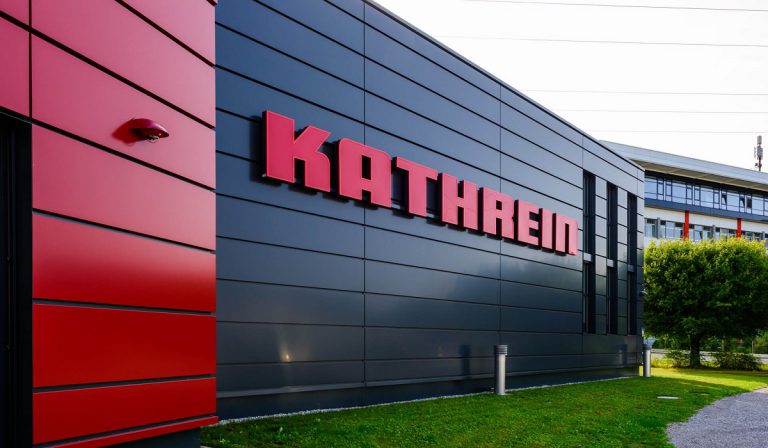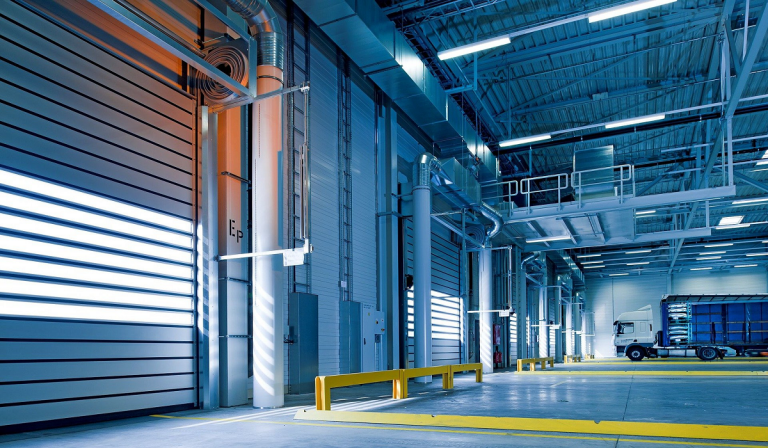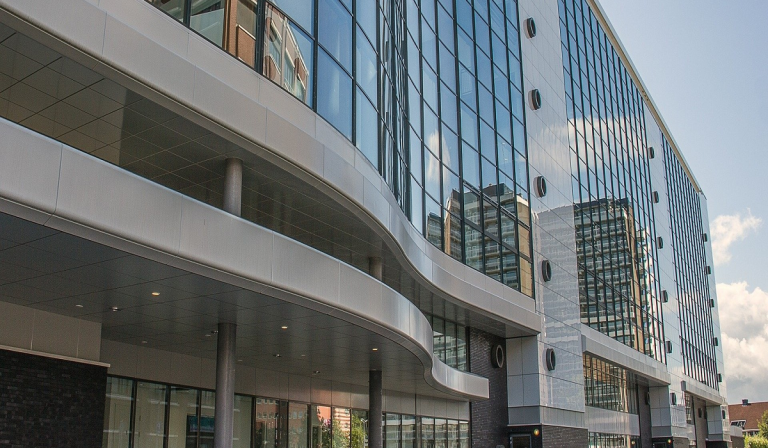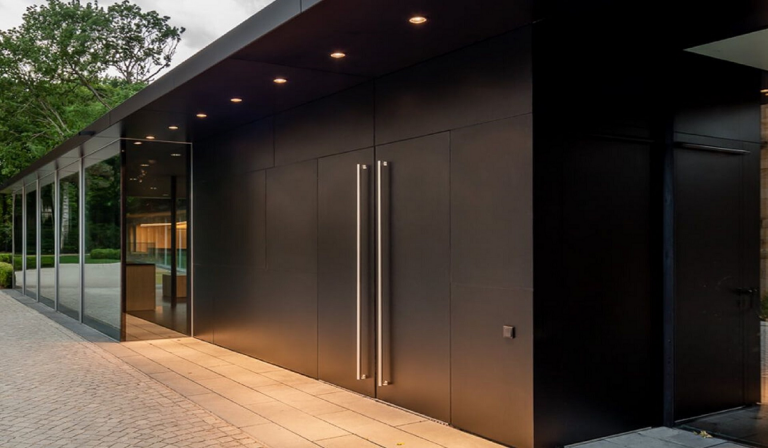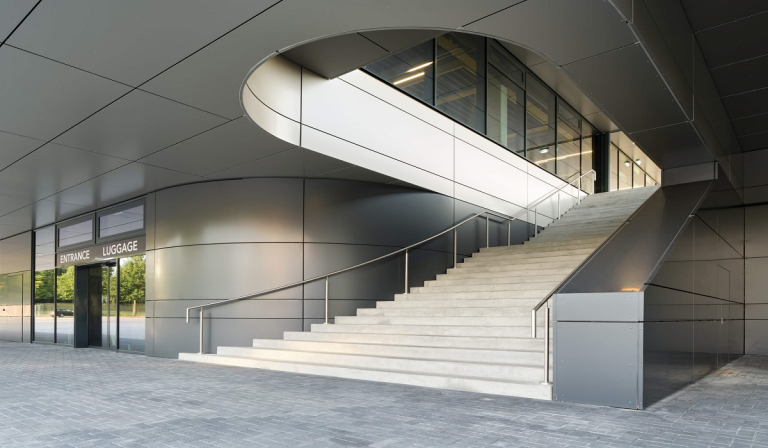POWDER COATING
Protective coats
In modern construction, apart from functionality, great emphasis is also put on the decorative effect. One of the possible solutions are façades made of coffers or steel panels and flashings. They can be made of steel or aluminium sheets, which are already coated with PE coating in the “wet” process, or ready-made elements can be powder coated.
It is currently one of the most ecological technologies. It does not cause any emissions of solvents to the environment.
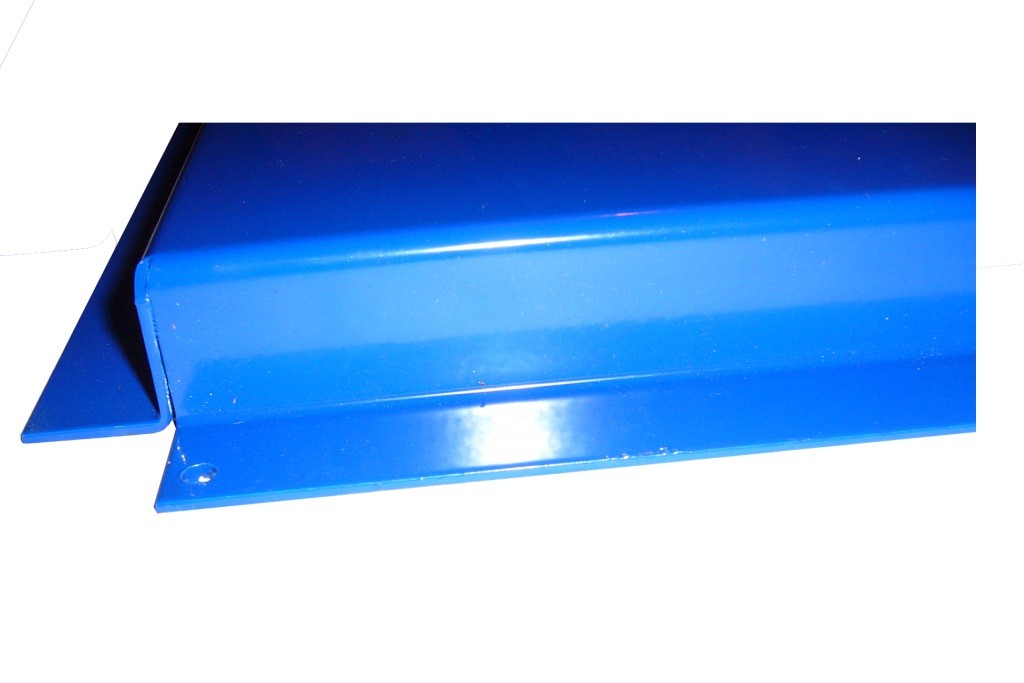
The elements that are the most often powder coated are façades and flashings. Thanks to this technology, we can obtain a uniform, durable and smooth surface on the entire element after its manufacture.
Powder coating also makes it possible to obtain coats protecting against factors found in aggressive environments, i.e. C3-C5 class.
In such case, mainly purlins and roof beams are protected.
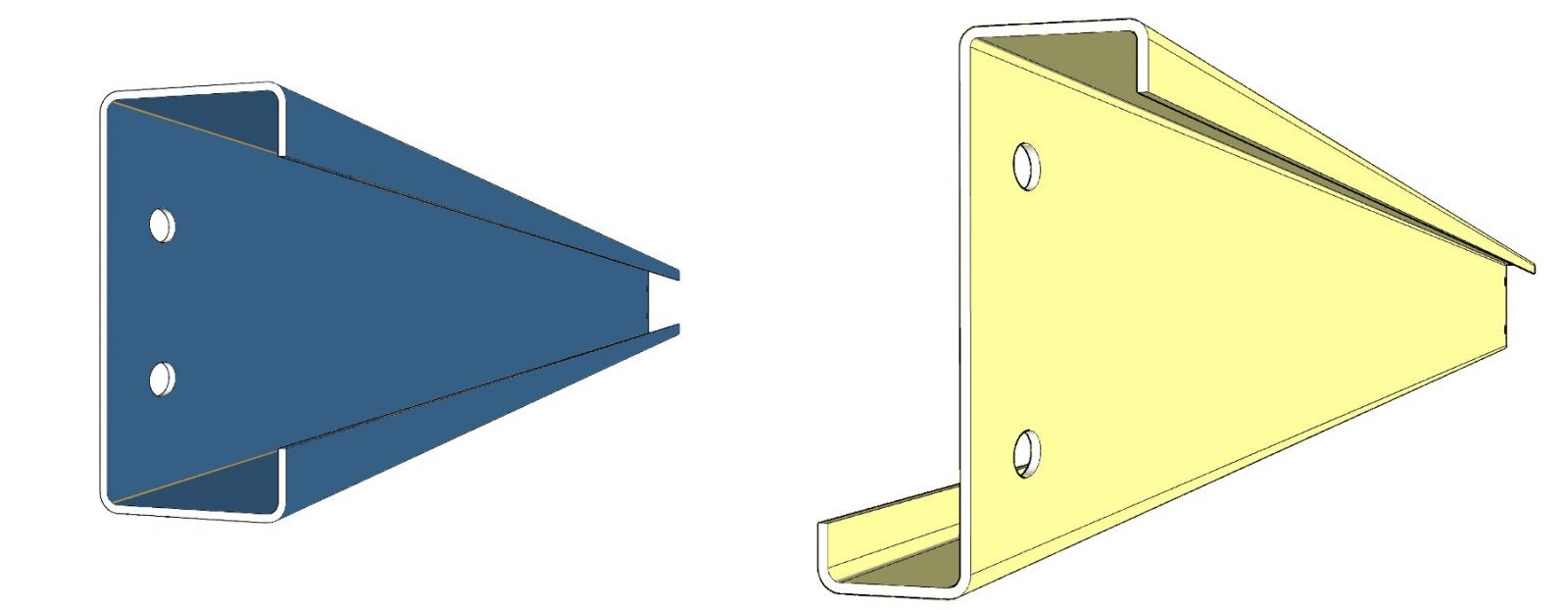
QUALITY
Our sections are manufactured with the greatest care
GREEN TECHNOLOGY
The technology we use protects the environment
HIGH RESISTANCE
Our sections are characterized by high resistance to the C3-C5 environments
Powder coating technology description
Powder coating is a method of applying paint to metal or surface conductive surfaces.
The painting process consists of three stages:
- surface preparation
- coat application
- powder curing
Surface preparation
It is the first step of the entire process. It is very important because the final effect depends on the condition of the surface of the element being coated.
The surface must be thoroughly cleaned of fats, oils, greases, dust and other impurities that may impair the adhesion of the paint coat.
Impurities can be removed mechanically or chemically in spray chambers or bathtubs with an alkaline detergent.
After removing impurities, the elements are washed with ordinary and demineralized water and then dried.
Powder coat application
Powder coat is applied to the prepared surface.
There are two methods:
- electrostatic spraying
- electrokinetic spraying
Electrostatic spraying (high-voltage method) allows for greater control of the applied layer. Powder particles are negatively charged during application, while the painted object is positively charged. The generated electrostatic field causes the powder particles to adhere to the surface being coated. Manual or automatic spray guns are used for application. During the application, the powder is fluidized (the process of mixing the powder with air), thanks to which it is possible to apply it.
In electrokinetic spraying (“tribo” method) the powder particles are electrostatically charged as a result of friction between the powder particles and the inner walls of the application device. Powder is transported by compressed air. Paint particles stick to the painted surface when they get in contact with it. In this technology, the conditions in the paint shop have a great impact on the final effect.
Powder coat curing
The last stage of powder coating is curing (polymerization) of the coat under the influence of high temperature of approx. 200ºC in special ovens. Ovens for the polymerization of powder coats enable continuous circulation of hot air, thanks to which the powder melts and a uniform and smooth surface is created on the coated surface.
